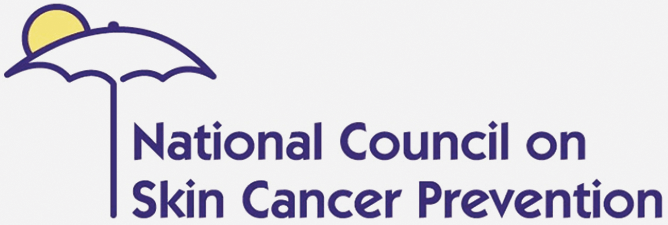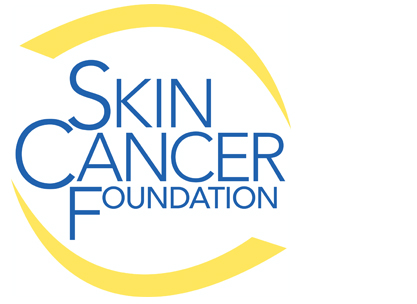
Position Statement on Vitamin D (Revised: February 2014
Vitamin D plays a crucial role in forming and maintaining strong, healthy bones. While multiple reports have shown that low blood levels of vitamin D [measured as 25(OH)D] are associated with certain cancers, neurologic disease, diseases of heart and blood vessels and death from all causes, the Institute of Medicine (IOM) recently concluded that at this time, the evidence for non-bone health outcomes was inconsistent, and inclusive as to a cause-and-effect relationship.
There are three sources of vitamin D: synthesis by the skin following exposure to sunlight, certain foods (often through vitamin D fortification), and vitamin D supplements. Vitamin D3 (cholecalciferol) is the natural form that is produced in the skin. It is available as a single ingredient over-the-counter vitamin supplement, and is also commonly incorporated into calcium supplements and multivitamins. Vitamin D3 is also commonly used in fortified foods.
Ultraviolet B (UVB) is the portion of sunlight that stimulates human skin to produce vitamin D. However, UVB rays are also the major cause of sunburns and it is well established that exposure to sunlight or to tanning booths increases the risk of developing skin cancer. Because of the known side effects of exposure to ultraviolet (UV) radiation, including the development of skin cancer, careful sun protection should be practiced (Table 1).
Fortunately, people who choose to protect their skin from the sun can acquire a sufficient amount of vitamin D by mouth (from a combination of diet and vitamin supplements), thus providing an alternative route to maintaining a healthy vitamin D concentration that avoids the risk associated with sun exposure. Examples of selected food sources of vitamin D are shown in Table 2.
On November 30, 2010, the IOM released new recommendations on vitamin D (Table 3). These recommendations were made based on data on bone health only; the IOM considered that the current non-bone health data to be inconsistent, inconclusive and insufficient to be used to make public health recommendations. Importantly, the recommendations were made based on an assumption of minimal or no sun exposure; this was to provide a margin of safety because of the variability in skin synthesis of vitamin D according to season, latitude, skin pigmentation, genetic factors, and other variables, and also because of concerns about skin cancer with increasing exposure to solar radiation.
The IOM further recommended that serum 25(OH)D levels of 20 ng/ml (= 50 nmol/l) would cover 97.5% of population, and levels > 50 ng/ml (= 125 nmol/l) could have potential adverse effects. Upper Intake Levels (ULs), defined as the highest daily intake likely to pose no risk were recommended to be in the range of 1000 – 3000 IU/d for 0 – 8 yrs, and 4000 IU/d for those from 9 to 71+ yrs:
Because UV radiation is known to cause skin cancers, and because sufficient vitamin D can be safely and inexpensively acquired through diet and vitamin supplements, adults or children should avoid intentional exposure to natural sunlight or artificial UV radiation (tanning beds) as a means to obtaining vitamin D. A total daily intake 600 IU of vitamin D (achieved through diet and supplements) is appropriate for individuals of all skin types from the age of 1 year through 70 years who protect their skin from the sun. A total daily intake of 800 IU is appropriate for individuals over 70 years of age.
| Table 1. Sun Protection Practices |
Get vitamin D through diet and vitamin D supplements. |
| Table 2. Selected food sources of vitamin D* | |
| Cod liver oil, 1 tablespoon | 1360 IU |
| Swordfish, cooked, 3 ounces | 566 IU |
| Salmon (sockeye), cooked, 3 ounces | 447 IU |
| Tuna fish, canned in water, drained, 3 ounces | 154 IU |
| Orange juice fortified with vitamin D, 1 cup | 137 IU |
| Milk, nonfat, reduced fat, and whole, vitamin D fortified, 1 cup | 115-124 IU |
| Yogurt, fortified with 20% of the DV for vitamin D, 6 ounces | 80 IU |
| Margarine, fortified, 1 tablespoon | 60 IU |
| Sardines, canned in oil, two sardines | 46 IU |
| Liver, beef, cooked, 3 ounces | 42 IU |
| Egg, 1 large (vitamin D in yolk) | 41 IU |
| Cereal, fortified with 10% of the DV for vitamin D, 075-1 cup | 40 IU |
| Cheese, Swiss, 1 ounce | 6 IU |
* http://ods.od.nih.gov/FactSheets/VitaminD-HealthProfessional/ (accessed 2/23/14)
| Table 3. IOM Recommendation on Vitamin D | |
| 0- 12 mo: | 400 IU/d |
| 1- 70 yrs: | 600 IU/d ** |
| 71+ yrs: | 800 IU/d |
* Covering the requirements of ≥ 97.5% of population
** Includes pregnant and nursing women
References:
- Ross, AC, Manson, JE, Abrams, SA, et al. The 2011 Report on Dietary Reference Intakes for Calcium and Vitamin D from the Institute of Medicine: What Clinicians Need to Know. J Clin Endocrinol Metab. 2011 Jan;96(1):53-8.
- Institute of Medicine 2011 Dietary reference intakes for calcium and vitamin D. Washington, DC: The National Academies Press.
- Report on carcinogens, 11th edition; U.S. Department of Health and Human Services, National Toxicology Program. 2005
- International Agency for Research on Cancer Working Group on artificial ultraviolet light and skin cancer. Green A, et al. Int J Cancer 3/07; 120:1116.
- World Health Organization International Agency for Research on Cancer. IARC Working Group on Vitamin D. Volume 5: Vitamin D and Cancer. November, 2008. Lyon Cedex 08, France.





